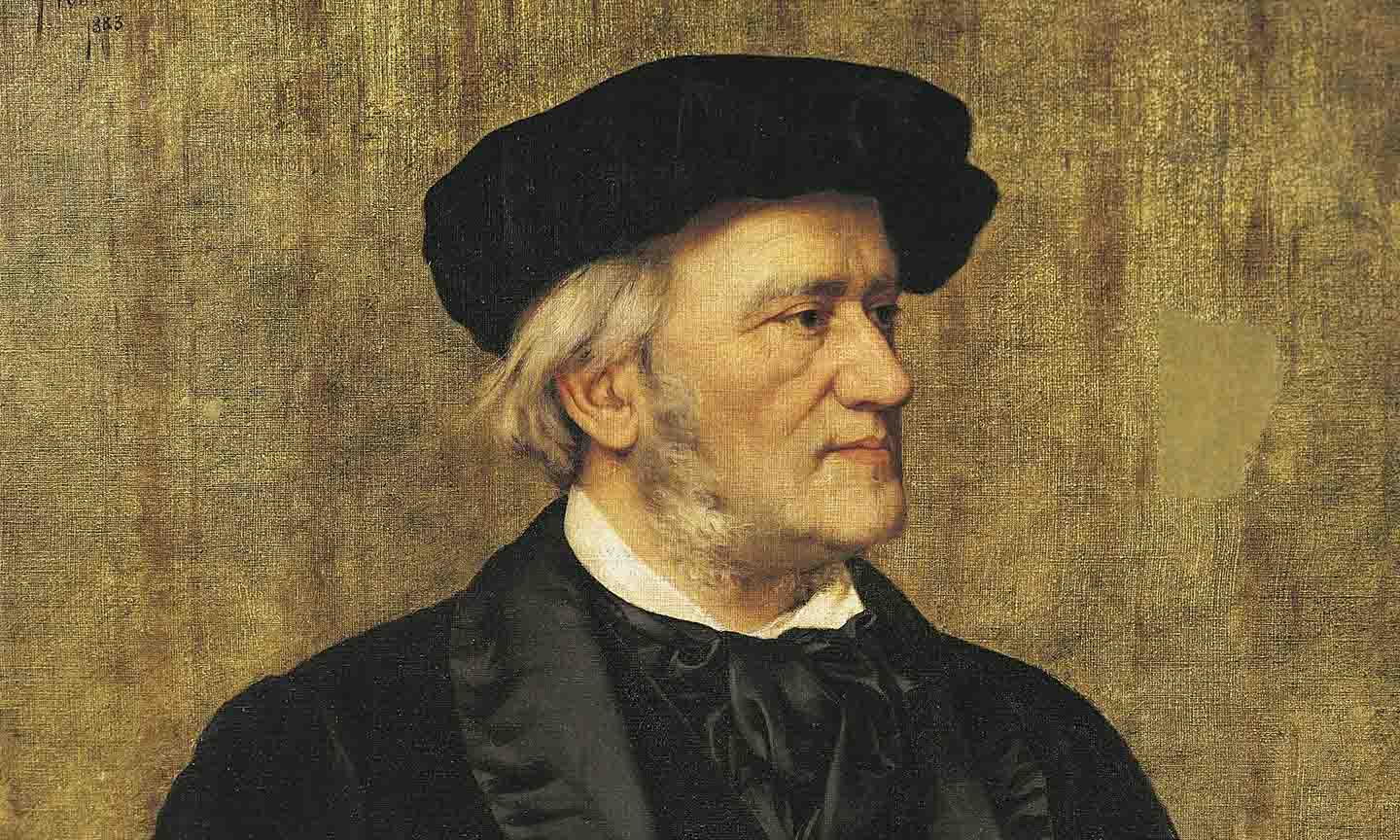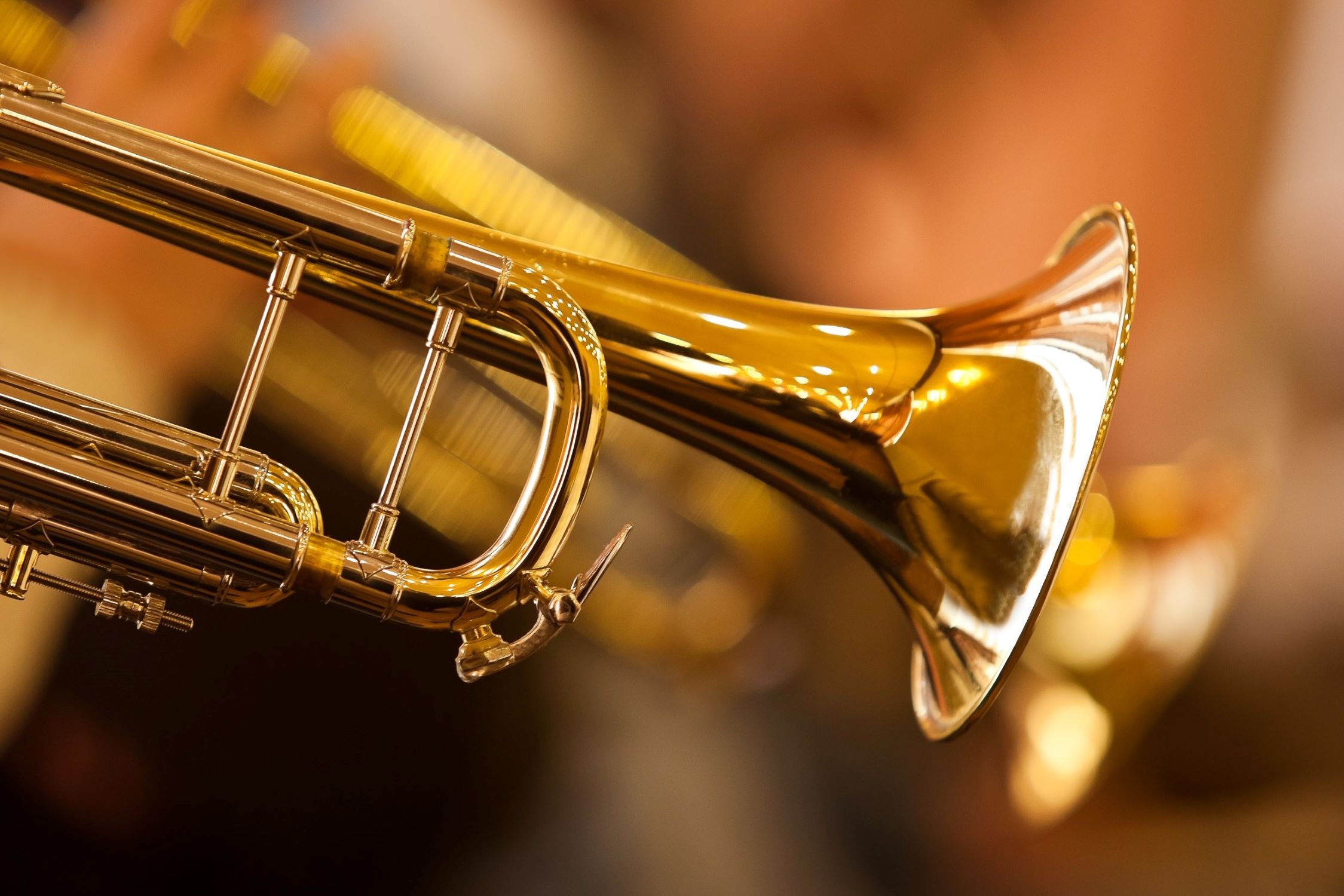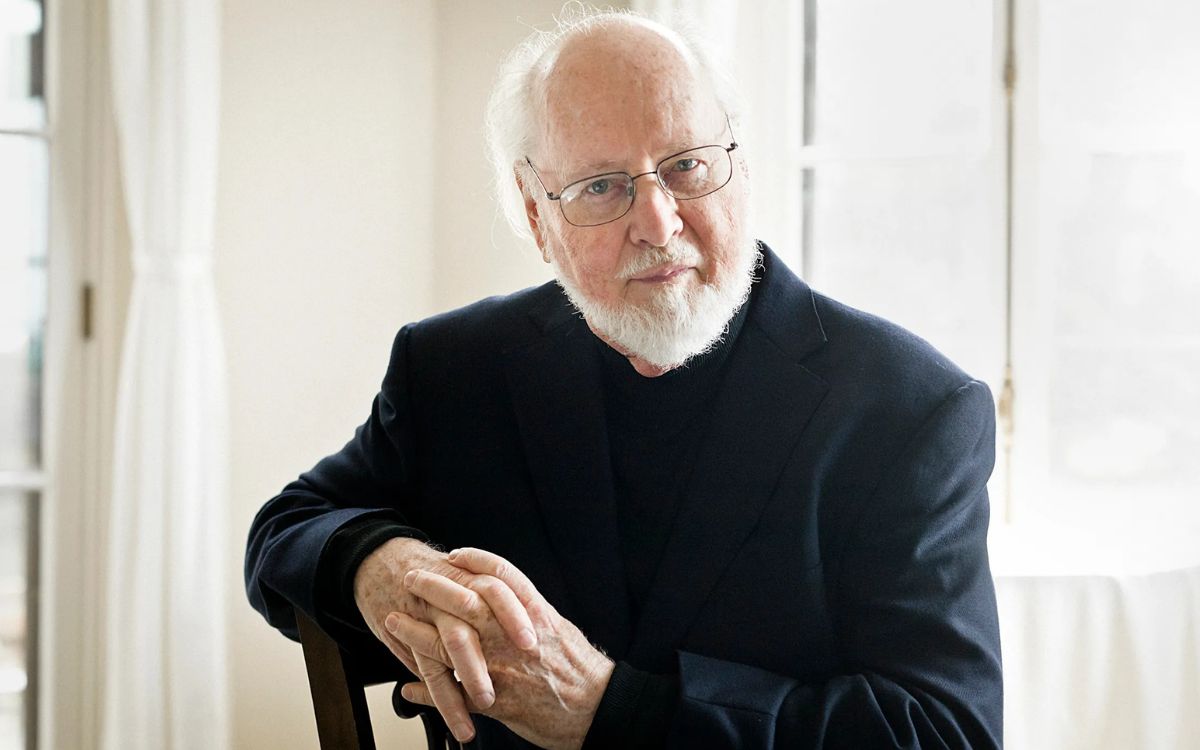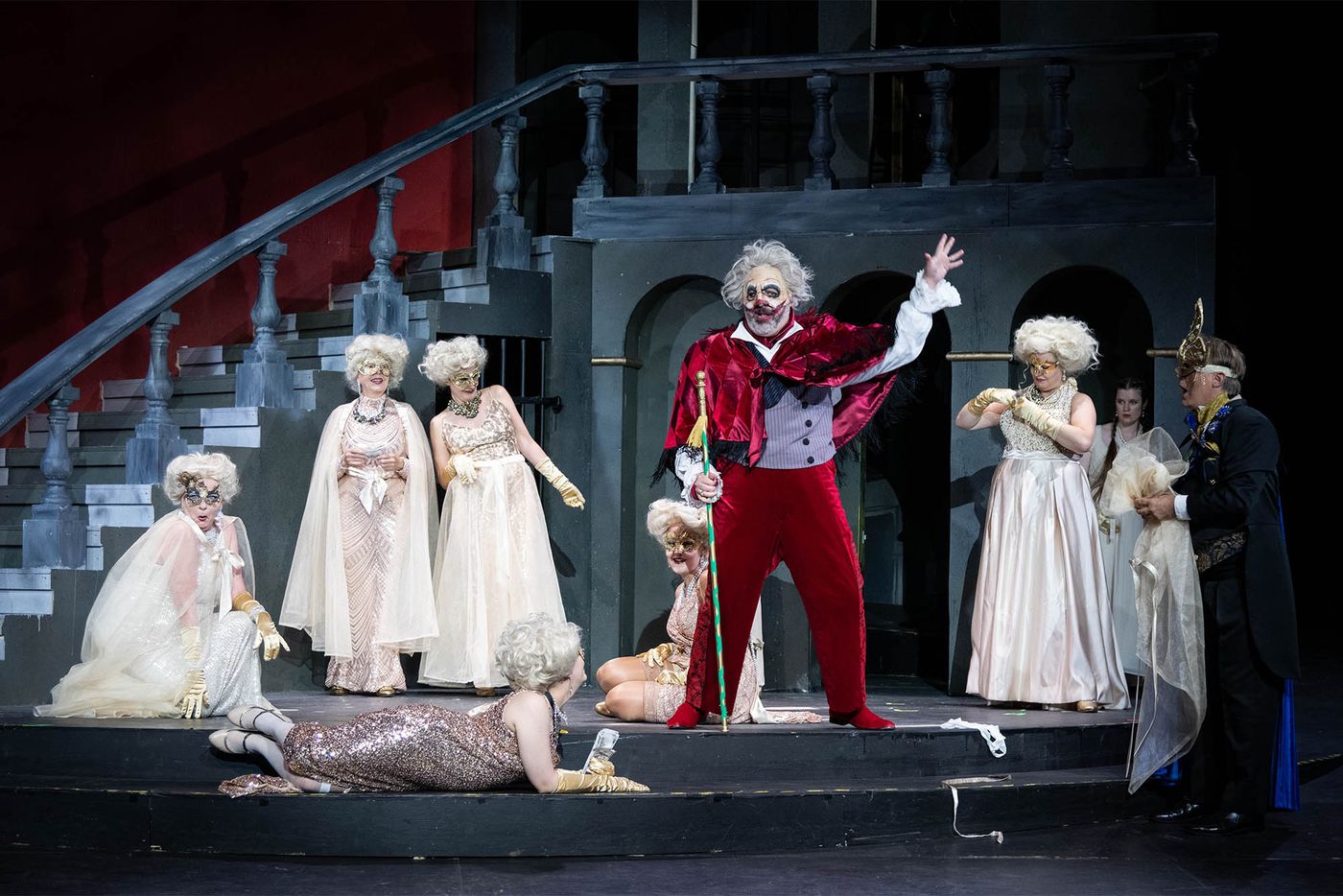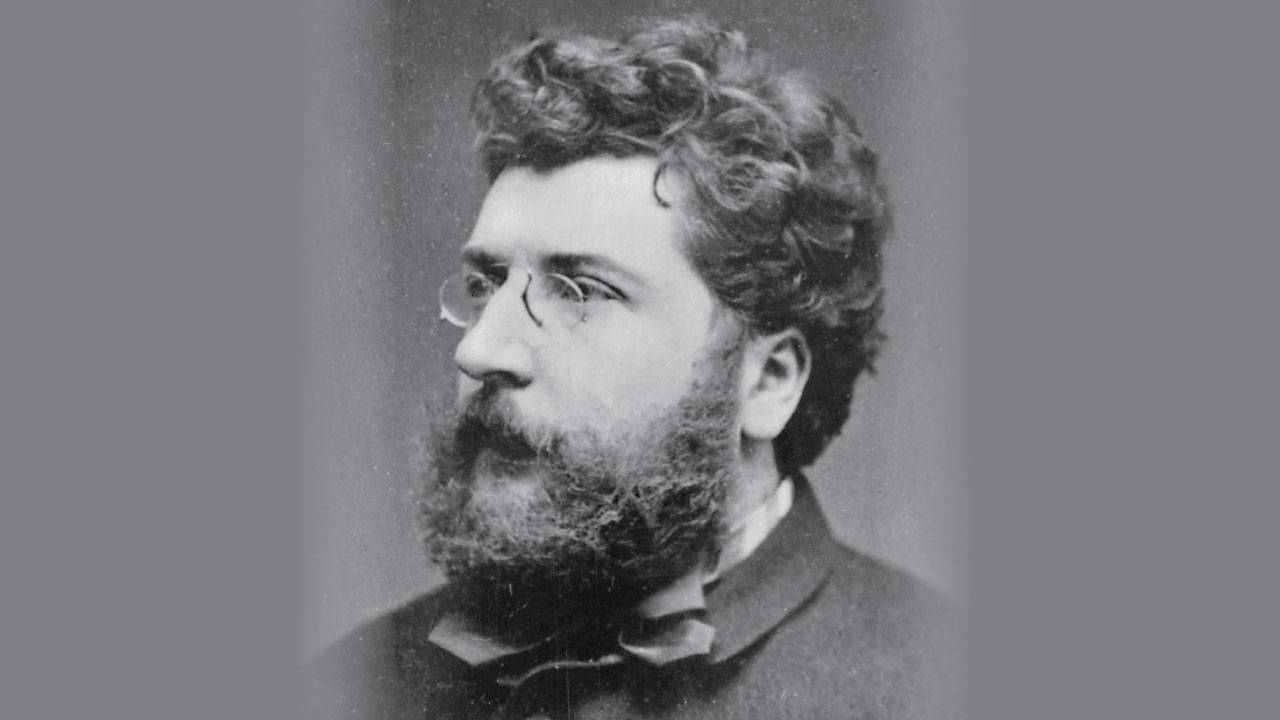Home>Genres>Classical>Beethoven Was A Classical Composer Who Was Increasingly Influenced By Romanticism
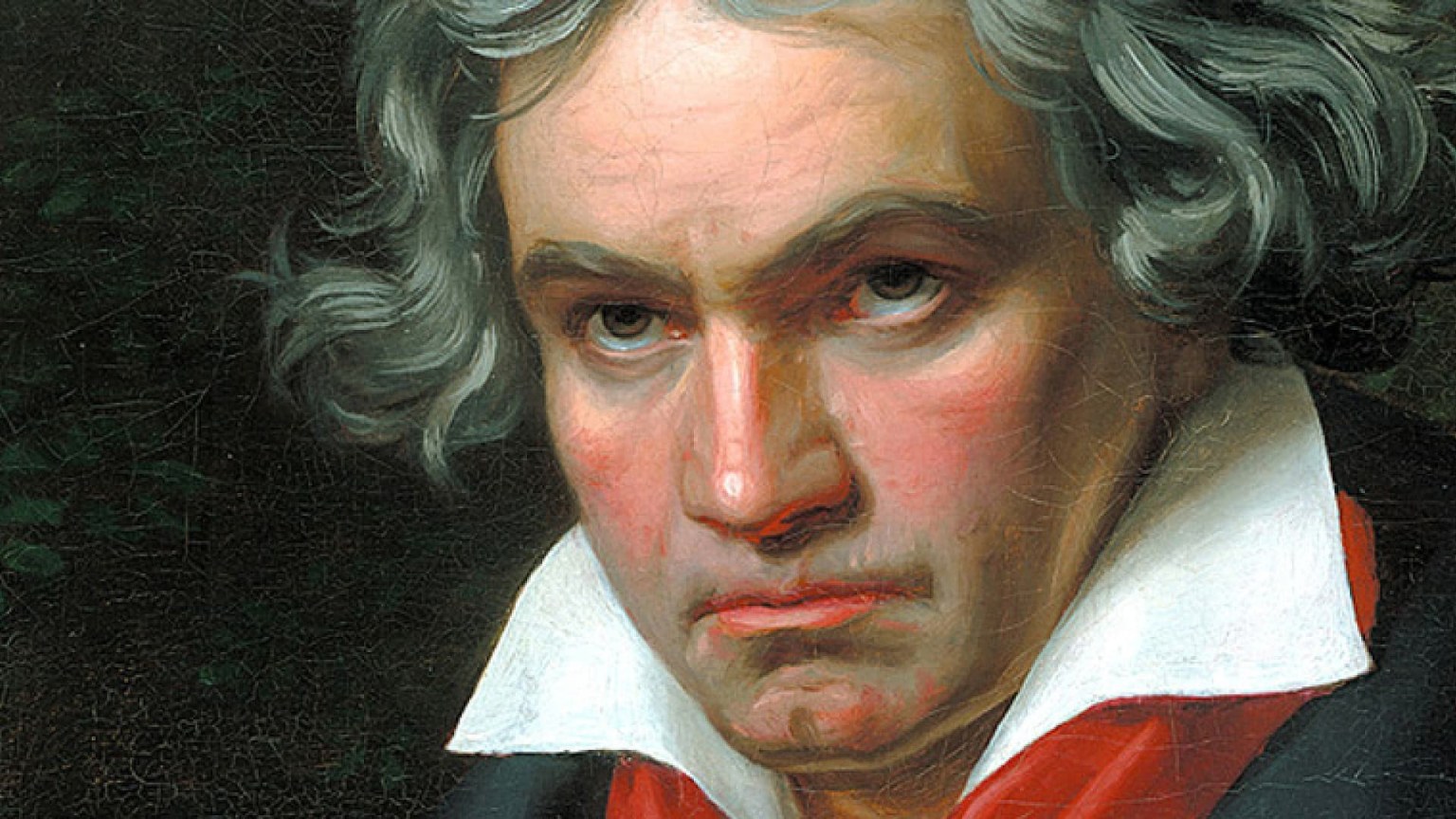

Classical
Beethoven Was A Classical Composer Who Was Increasingly Influenced By Romanticism
Modified: January 29, 2024
Beethoven, a classical composer, was deeply influenced by romanticism, creating beautiful and emotional music that transcended the boundaries of his era.
(Many of the links in this article redirect to a specific reviewed product. Your purchase of these products through affiliate links helps to generate commission for AudioLover.com, at no extra cost. Learn more)
Table of Contents
Introduction
Ludwig van Beethoven was a renowned classical composer whose music has had a lasting impact on the world of music. Born in 1770 in Bonn, Germany, Beethoven showed prodigious talent from a young age and quickly gained recognition as a pianist and composer. He is often considered one of the greatest composers in Western music history.
Beethoven’s early compositions reflect the classical style of the time, heavily influenced by composers such as Mozart and Haydn. However, as his career progressed, Beethoven’s music underwent a transformation, incorporating elements of the emerging Romantic movement. The transition from the classical to the romantic style in Beethoven’s compositions marked a significant evolution and exploration of new musical possibilities.
During the late 18th and early 19th centuries, the Romantic era emerged as a break from the formal constraints of the classical period. Romantic composers sought to express intense emotional and personal experiences through their music. This shift allowed for greater freedom of expression, expanded harmonic language, and a deeper exploration of individualism. Beethoven, captivated by the spirit of Romanticism, embraced these ideals and pushed the boundaries of traditional composition.
In this article, we will explore Beethoven’s journey from a classical composer to one deeply influenced by Romanticism. We will examine how this transformation shaped his style and composition techniques. Additionally, we will highlight some of Beethoven’s key works that exhibit his transition into the romantic genre and discuss his enduring impact on classical and romantic music as a whole.
Early Life and Training
Ludwig van Beethoven was born on December 17, 1770, in Bonn, Germany. He came from a musical family, with his father, Johann van Beethoven, being a singer. Recognizing his son’s exceptional musical talent, Johann began teaching Ludwig piano and violin at a young age.
Beethoven’s early training was rigorous, heavily focused on mastering technique and composition. His father became his first instructor, but recognizing his son’s potential, he arranged for him to study under renowned musicians in Vienna, such as Christian Gottlob Neefe. Neefe recognized Beethoven’s prodigious talent and nurtured his musical development.
At the age of 12, Beethoven’s virtuosity as a pianist became widely recognized when he gave his first public performance. This early success laid the foundation for his musical career and set him on a path to become one of the greatest composers in history.
Beethoven’s musical education continued in Vienna, where he studied composition with Joseph Haydn and counterpoint with Johann Georg Albrechtsberger. Through these rigorous studies, Beethoven honed his technical skills and deepened his understanding of music theory.
Despite his talent and success, Beethoven faced numerous personal challenges throughout his life. Growing up, he experienced a turbulent family life, with his father’s alcoholism and his mother’s death at a young age. This, coupled with his own hearing loss that began in his late twenties, presented emotional and physical obstacles that deeply affected him.
Despite these challenges, Beethoven’s determination to overcome adversity and his unwavering passion for music drove him forward. His resilience and commitment to his craft allowed him to revolutionize the world of classical music, laying the groundwork for the emergence of the Romantic era.
Transition from Classical to Romantic Style
As Beethoven progressed in his musical career, he began to feel constrained by the formalism and conventions of the classical style. He yearned for greater emotional expression and individualism in his music. This longing led to a gradual transition from the classical style to the more daring and innovative style of the Romantic period.
One of the key factors that influenced Beethoven’s transition was his own personal struggles and deepening sense of introspection. The onset of his hearing loss deeply affected him, leading to feelings of isolation and despair. This forced Beethoven to explore new ways of expressing himself through music, going beyond the established norms of the classical period.
Beethoven’s exploration of new harmonic and structural possibilities became apparent in his compositions. He began to experiment with unconventional harmonies, dissonances, and dramatic contrasts, pushing the boundaries of traditional tonal language. Through these innovations, Beethoven sought to convey the depths of human emotion and the complexity of the human experience.
Furthermore, Beethoven’s shift to a more significant and individualistic style can also be attributed to his desire to break free from societal expectations and express his own unique voice as an artist. He embraced the ideals of Romanticism, which championed individualism, passion, and the pursuit of personal truth. Beethoven’s compositions became deeply personal and resonated with the longing for freedom and the triumph of the human spirit.
Another important factor in Beethoven’s transition was his engagement with the literary and philosophical trends of the time. He was inspired by the works of Romantic poets such as Goethe and Schiller, whose emphasis on emotion and the human spirit resonated with Beethoven’s own artistic vision. Beethoven’s compositions began to embody narratives and express profound emotional themes, mirroring the literary and philosophical currents of the Romantic era.
Beethoven’s evolution as a composer was also fueled by his desire to challenge conventional musical forms. He expanded the scope and length of his compositions, introducing new structures and techniques. His symphonies, for example, became grander and more expansive, allowing for deeper exploration of musical ideas and emotional expression.
In this period of transition, Beethoven’s compositions acted as a bridge between the classical and romantic styles. His music became a testament to the changing tides of the era, paving the way for future composers to explore the boundless possibilities offered by the Romantic movement.
Influence of Romanticism on Beethoven’s Compositions
The emergence of the Romantic period had a profound influence on Beethoven’s compositions, shaping his musical language and pushing the boundaries of traditional classical music. The ideals and aesthetics of Romanticism infused his works with a heightened sense of emotion, individual expression, and artistic freedom.
One of the key ways in which Romanticism influenced Beethoven’s compositions was through its emphasis on conveying deep emotional expression. Beethoven’s music became more introspective, evoking a wide range of sentiments such as love, despair, triumph, and longing. He used dynamic contrasts, poignant melodies, and sudden shifts in mood to evoke powerful emotional responses from his listeners.
Furthermore, the concept of the “sublime” was central to Romantic thought, and Beethoven embraced this notion in his compositions. The sublime refers to the experience of awe-inspiring, transcendent beauty that evokes a sense of profound wonder and reverence. Beethoven’s symphonies, such as the iconic Symphony No. 9, with its triumphant choral finale, capture the grandeur and transcendence associated with the sublime.
Romanticism also influenced Beethoven’s approach to melody and harmony. He began to experiment with unusual harmonies and chord progressions, creating a sense of tension and intensity in his compositions. Dissonances became more prevalent, adding emotional depth and complexity to his musical language. Beethoven’s progressive harmonies and chromaticism paved the way for later composers to explore even more daring harmonic possibilities.
Moreover, Beethoven’s compositions often embodied narrative elements, reflecting the influence of Romantic literature and storytelling. His instrumental music took on programmatic qualities, conveying stories, characters, or scenes without the use of words. For example, the “Pastoral” Symphony No. 6 depicts the tranquility and beauty of nature, immersing the listener in an evocative and vivid musical landscape.
Another hallmark of Beethoven’s Romantic style is his use of unconventional forms and structures. While classical compositions generally followed strict formal frameworks, Beethoven defied these conventions. He expanded the traditional symphony form, introducing longer and more complex movements. His use of cyclic themes, where musical ideas reappear throughout a composition, created a sense of unity and coherence, providing a deeper connection between movements.
Overall, the influence of Romanticism on Beethoven’s compositions transformed his music, pushing the boundaries of tradition and paving the way for the emergence of the Romantic era. His experimentation with new emotional and expressive possibilities continues to inspire musicians and audiences to this day, solidifying his place as a leading figure in the transition from the classical to the Romantic style.
Key Works That Demonstrate Beethoven’s Romantic Style
Beethoven’s transition from the classical style to the Romantic era is evident in numerous key works that showcase his innovative and emotionally charged compositions. These pieces embody the spirit of Romanticism and illustrate Beethoven’s unique artistic vision.
One of Beethoven’s most iconic and revolutionary works is his Symphony No. 3, also known as the “Eroica” Symphony. Completed in 1804, this symphony marked a significant departure from the classical symphonic structure. With its expansive length and emotional intensity, the “Eroica” Symphony captured the essence of the emerging Romantic movement. It broke traditional boundaries, both technically and emotionally, and remains a monument of musical innovation.
Another notable work is Beethoven’s Symphony No. 5, which is recognized worldwide for its powerful opening motif and dramatic expressiveness. Composed between 1804 and 1808, this symphony represents a musical triumph over adversity, as Beethoven confronted his deteriorating hearing. The relentless rhythmic drive, intense dynamics, and the famous four-note theme in the first movement contribute to its status as an enduring masterpiece of the Romantic era.
Beethoven’s Piano Sonata No. 14, also known as the “Moonlight” Sonata, is a prime example of the composer’s romantic style. Composed in 1801, this sonata showcases Beethoven’s mastery of creating atmospheric and evocative music. The hauntingly beautiful first movement, with its delicate and emotive melodies, captures a sense of melancholy and introspection, reflecting the emotional depth and introspection often associated with the Romantic period.
The Symphony No. 7 is another significant work that exemplifies Beethoven’s embrace of the Romantic aesthetic. This symphony, composed between 1811 and 1812, is praised for its rhythmic vitality, memorable melodies, and jubilant energy. The second movement, with its brooding and contemplative character, contrasts the exuberance of the other movements and showcases Beethoven’s ability to express a range of emotions within a single composition.
Beethoven’s only opera, Fidelio, also reflects his transition into the Romantic style. Completed in 1814, this opera explores themes of love, heroism, and personal freedom. Fidelio showcases Beethoven’s gift for crafting powerful vocal melodies and dramatic orchestration. The opera’s finale, with its resounding chorus and triumphant overtones, captures the themes of triumph and the indomitable human spirit often associated with the Romantic era.
These are just a few examples of Beethoven’s works that demonstrate his embrace of the Romantic style. Through these compositions, Beethoven pushed the boundaries of musical expression, incorporating elements of passion, individualism, and emotional depth that laid the groundwork for the development of Romantic music in the years to come.
Legacy and Impact on Classical and Romantic Music
Beethoven’s legacy and impact on both classical and Romantic music cannot be overstated. His music and compositional innovations laid the foundation for the development of music in the 19th and 20th centuries, influencing generations of composers and shaping the course of musical history.
Beethoven’s exploration of new tonal possibilities and expansion of musical structures paved the way for the Romantic composers who followed. His daring use of dissonances, dynamic contrasts, and unconventional harmonies became the cornerstones of Romantic music, inspiring composers such as Wagner, Brahms, and Tchaikovsky to push the boundaries even further.
Furthermore, Beethoven’s emphasis on emotional expression and individualism greatly influenced the Romantic movement. His ability to convey intense emotions and personal experiences through his compositions set a precedent for composers to freely express their innermost feelings in their music. This shift towards introspection and heightened emotional content became a defining characteristic of Romantic music.
Beethoven’s impact also extended to the classical era, as his work served as a bridge between the two periods. His symphonies, concertos, and sonatas expanded the scope and ambition of classical forms, introducing new techniques and ideas that challenged the conventions of the time. His music showcased a level of complexity and depth that opened doors for future composers to explore innovative compositional techniques.
Beethoven’s influence can be traced not only in the works of his contemporaries and the Romantic composers who followed but also in the development of music throughout the 19th and 20th centuries. His progressive harmonies, expressive melodies, and dramatic narrative structure set the stage for the development of musical genres such as the symphonic poem and the symphonic cycle.
Furthermore, Beethoven’s impact went beyond the realm of classical and Romantic music. His compositions resonated with broader cultural and social movements, epitomizing the spirit of the Enlightenment and the aspirations for human freedom and individualism. His Ninth Symphony, with its famous “Ode to Joy,” became a symbol of unity and hope, transcending the boundaries of music and inspiring generations with its message of universal brotherhood.
Today, Beethoven’s music continues to captivate audiences worldwide. His symphonies, piano sonatas, and string quartets are staples of classical music repertoire, cherished for their depth, complexity, and emotional power. Beethoven’s enduring legacy lies in his ability to create music that connects with the human experience on a profound level, transcending time and speaking to the universal truths of the human condition.
Conclusion
Ludwig van Beethoven’s journey from a classical composer to one deeply influenced by Romanticism marked a pivotal moment in the history of music. Through his compositions, he broke free from the constraints of the classical era and embraced the ideals of individualism, emotional expression, and artistic freedom that characterized the emerging Romantic movement.
Beethoven’s evolution as a composer not only transformed his own music but also had a profound impact on the development of classical and Romantic music as a whole. His experimentation with harmonic language, expansion of musical forms, and incorporation of narrative elements set a new standard for the expression of emotion and personal vision in music.
Beethoven’s compositions remain timeless examples of artistic genius and continue to resonate with audiences of all generations. His music embodies the depth of human emotion, the triumph of the human spirit, and the pursuit of artistic truth. His contributions to the musical landscape paved the way for future composers to explore new possibilities and pushed the boundaries of what was considered possible in music.
Today, Beethoven’s legacy lives on as his compositions are celebrated and studied worldwide. His impact can be seen in the works of countless composers who followed, as well as in the broader cultural and societal implications of his music. Beethoven’s transition from the classical to the Romantic style represents a crucial turning point in the history of music, ushering in a new era of artistic expression and paving the way for the development of diverse musical genres.
In conclusion, Ludwig van Beethoven’s embrace of Romantic ideals and his courageous exploration of new musical territories forever changed the course of classical and Romantic music. His compositions continue to inspire and captivate, leaving an indelible mark on the artistic world and ensuring his legacy as one of the greatest composers in history.


